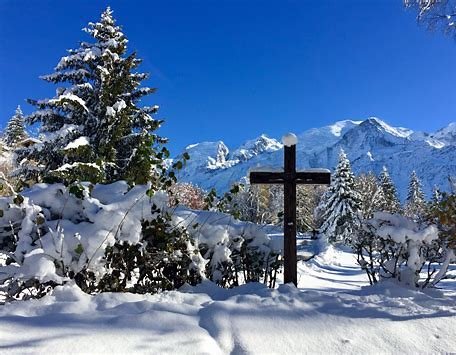Mountain Winters
/Since writing last week’s blog, we’ve had a snow. It fell on the Easter flowers, but of course Easter isn’t for another 5 weeks – it’s a late Easter this year. Then, the sun came out and warmed us up into the 70’s for a couple of days and today we’re back at 45 degrees. Whew, wintering on the mountain is a little like riding a new roller coaster – up and down and unpredictable.
We don’t just have 4 seasons, nor do we have a single winter. I’ve counted 5 winters, and I look for you good readers to send word of even more. Here’s what I know about:
Three winters are named for things that are blooming when the mercury heads downward. Red Bud and Dogwood winters may be a little easier to bear because the blooming trees promise springtime is near and add a little beauty to the bleak winter landscape. Blackberry winter offers the same promise, as well as a reminder that fruit for pies and jelly is on its way.
The Easter Squall seems destined to run afoul of every lady’s wardrobe plans. It seems time to dress in a pretty spring dress, but you’d better plan a coordinating sweater because the chances are good you’ll be adorned with chill bumps if you don’t.
Chunk Winter will wrap the whole season up – that’s when you’ve burned up all your winter’s wood supplies and you’ll be burning chunks to get through this cold snap.
Winter is a sneaky thing, hiding for weeks at a time then popping out just when you’ve decided it’s safe to plant vegetables or pack away everything warm that you own. I don’t know about you, but it’s taken my whole life to learn these lessons and I’m not guaranteeing I won’t again be caught cold, but I’m much more practical and hopefully a little more patient than I once was.
That doesn’t mean I’m particularly happy that I was out starting vegetable plants just a couple of days ago and now I’m huddled by the fire.
I’m curious to hear from you – do you know of any other “winters”?Do you doubt me when I name all these different seasons?Please click comment below and let me know.











